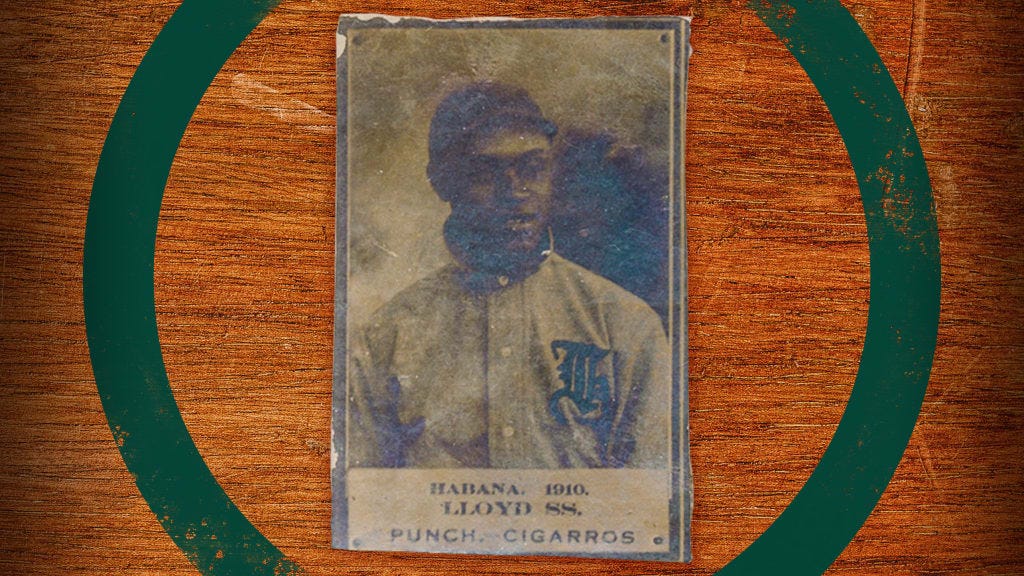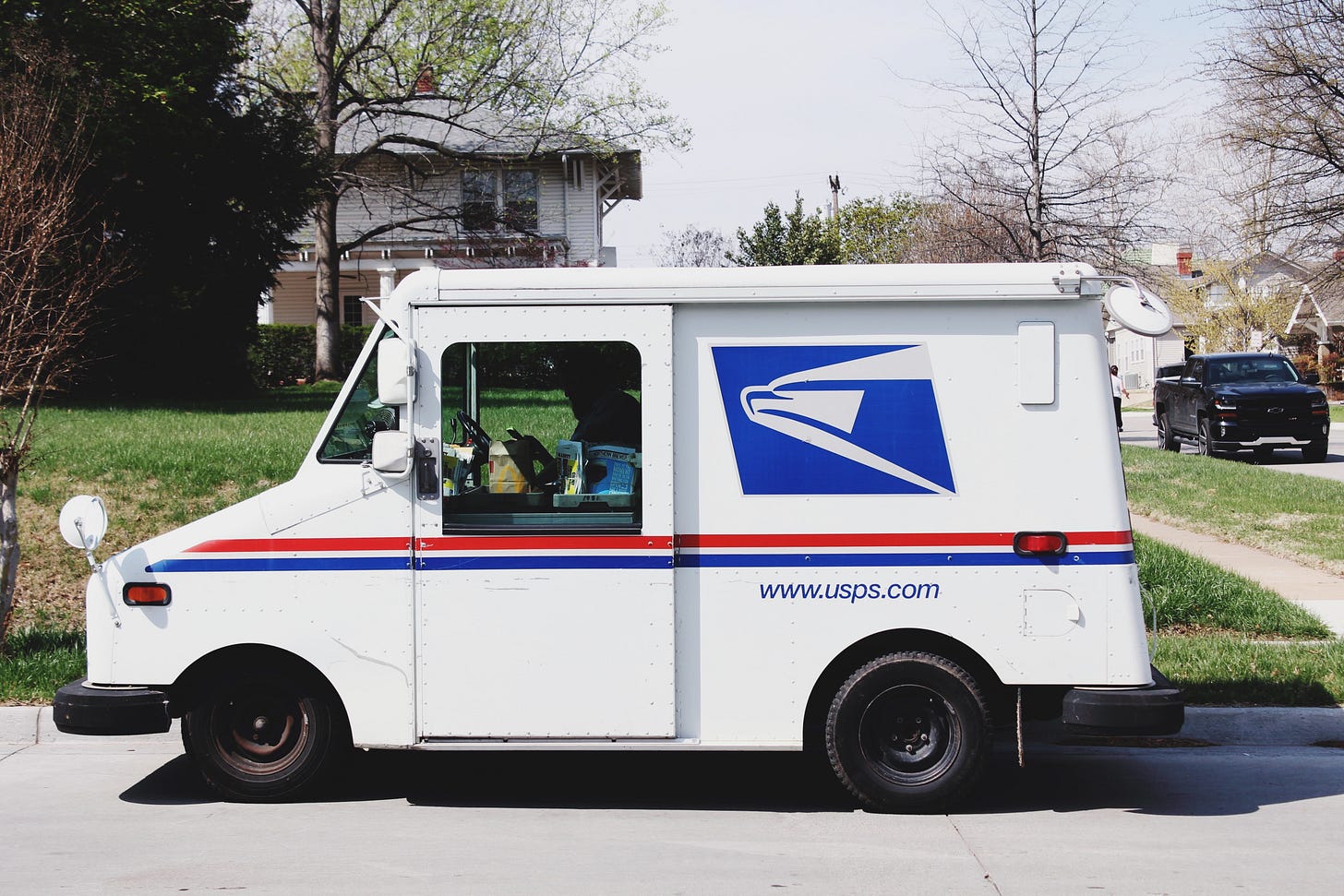The Rarest Baseball Cards & A $4M Porsche
Why Negro League cards are so rare, and a classic, rebuilt Porsche
Cultured is a newsletter by Otis that gets readers up to speed on the most interesting things going on at the intersection of finance, art, collectibles, NFTs, and more.
Love Cultured? Spread the word and share this newsletter with a friend!
🗞 STORIES OF THE DAY
Collecting Negro League baseball cards, the rarest sports cards around
The Negro League, a baseball league that was formed for minority players excluded from the MLB, never had official trading cards in the US. The only cards that were made came from Latin America, making them extremely rare.
To fill their collections, collectors have to go abroad. Negro League players would play in Latin America in the off season, and producers there made sports cards for local fans. But that market is far more fragmented, making collecting difficult.
One collector has been working for almost 3 decades to create a complete collection. His collection has ultra-rare (and incredibly valuable) cards like the 1910 Pop Lloyd, one of just two in existence. The other sold for $100K.
Our Take: Racism and discrimination prevented Negro League cards from being produced in the US. It also accidentally made them some of the best collectibles.
The lack of domestically-produced Negro League cards is the result of early 20th century racism, which marginalized Black and Latin American communities. Ironically, that approach created scarcity. Super rare MLB cards like the T206 Honus Wagner make headlines for record-breaking sales, but Negro League cards remain a holy grail for many serious collectors.
A meticulously restored vintage Porsche just sold for $4 million at auction
A 1955 Porsche 550 Spyder sold for around $4.2 million at auction, according to Bonhams. The car has a racing history and was recently brought back to its former glory in a 5 year restoration project.
These Porsches are considered incredibly valuable because they were the company’s first official racing car. After several races, this particular car was sold to a collector, who held onto it for half a century.
The restoration, which began in 1998 and was completed in 2003, involved a complete strip-down and repair job. Every detail of the restoration was recorded in two binders, which was sold along with the vehicle.
Our Take: Restorations may be expensive, but a well-documented repair can do wonders for a car’s hammer price.
Classic cars often require multiple long-term restorations. This 550 underwent preliminary repair in the 1980s and a full restoration two decades later. Both of those were properly recorded, with in-depth work orders and correspondence between the owner and the factory. The detailed records likely reassured bidders, driving up the car’s price at auction.
✨ AROUND THE INTERNET
Ukraine’s Crypto Fund has already received $50 million in donations, which has gone to military gear. The country is also preparing to drop an NFT collection.
30 years after the Dream Team’s historic run in Barcelona, Beckett takes a look back at the cards associated with the “greatest basketball team of all time.”
A rare 1968 dime went for $24,000 late last month. That’s a 23,999,900% increase in value.
OpenSea has cut off Iranian users from the platform. The company says it’s complying with the US’s sanctions against Iran, but the blocks have been incredibly broad.
Going Postal: A mail carrier plucked more than $40,000 worth of trading cards from his route. He then tried to resell them…in uniform.





